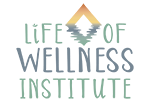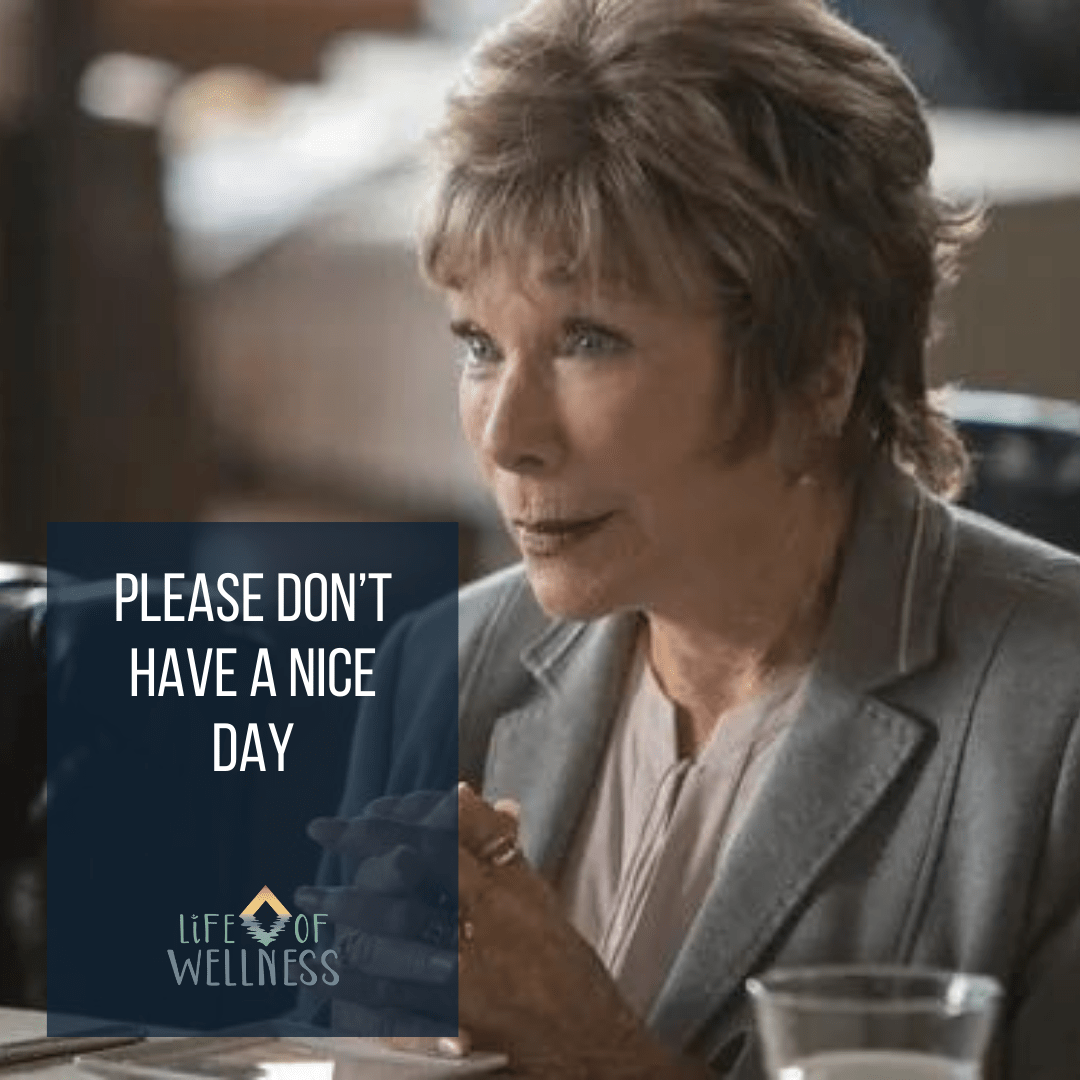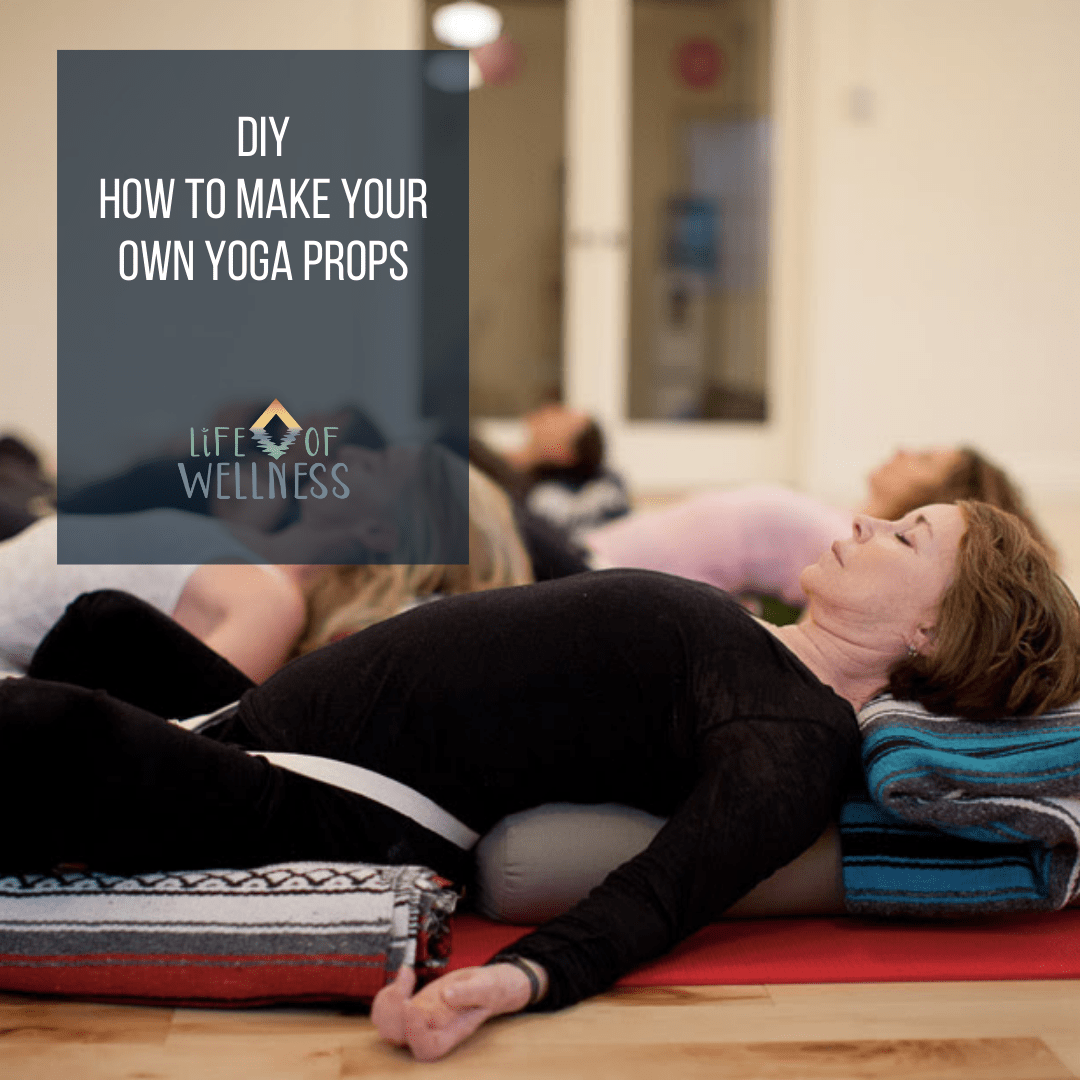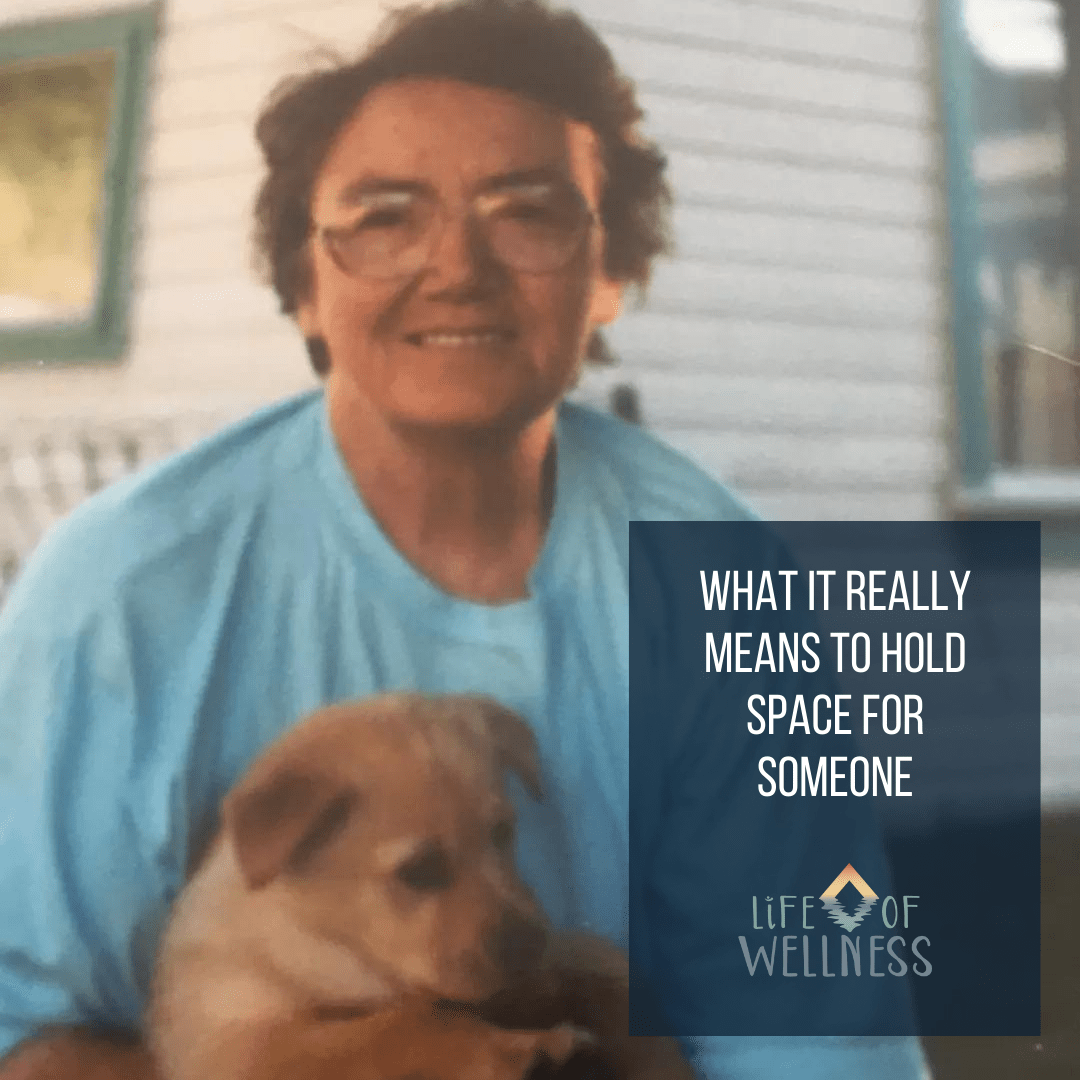Have you ever felt tired? And even when you get to sleep, you awake even more exhausted? How can we maintain our health if we aren’t getting the rest we need?
I have been focusing on getting better sleep this past year, but it hasn’t made the difference I expected. Fatigue can be a sign of many health problems, so I worked with my doctor to check my physical health and my psychologist to check my mental health. Together we determined the source of my fatigue as burnout. And while I needed sleep, and was getting it, what I needed more was rest.
I used to think that these were the same thing; it turns out they are entirely different.
A problem worth solving
We live in a society focused on productivity, high producing, and achieving behaviors. We say “do more with less” and “sleep when I’m dead.” We see busy people as productive, stressed as they do big things, and achievement as the only meaningful measure of success.
We are experiencing significant increases in chronic fatigue or its more recently introduced name, myalgic encephalomyelitis (ME). A 2017 survey shows some 560,000 Canadians report that they have the disease, a 36.7 percent increase over previous results from 2014. The number also suggests the disease may be more common than breast cancer, Parkinson’s disease, and multiple sclerosis combined.
Since March 2020, we have seen significant experiences of compassion fatigue, lockdown fatigue, and pandemic fatigue.
Defining the difference
So, what is the difference between sleep and rest? To begin, let’s look at the actual definition.
Sleep definition is “a condition of body and mind that typically recurs for several hours every night, in which the nervous system is relatively inactive, the eyes closed, the postural muscles relaxed, and consciousness practically suspended.”
Rest definition is “cease work or movement to relax, refresh oneself, or recover strength.”
When I looked these up, what stood out to me was “relax.” Rest was about relaxing. I began looking at what areas of my life I needed to relax. And this is when I found a Ted Talk by Saundra Dalton-Smith (available at the end of this post) and the seven critical areas of our lives we need rest in and, more importantly, restoration.
7 Types of Rest
1. Physical Rest. It may be passive or active. Passive can be sleeping or napping. Active rest could be a restorative yoga class, a relaxing float, a massage, and activities that release tension in the body and improve circulation and flexibility.
2. Mental Rest. Have you noticed how busy your mind is? How many decisions we make in a day, how many experiences we process, how many things we juggle. With the invention of technology, our day begins earlier and ends later than ever before. That email we answer hours after work, scrolling of social media, 24-hour breaking news cycles. Taking mental rest doesn’t have to be significant. It can look like taking short breaks every 2 hours, having a notepad to capture nagging thoughts or inspired ideas, and leaving those decisions that seem difficult for the following day when our brain has rested.
3. Sensory rest. Bright lights, computer screens, competing background sounds, buzzing smartwatches, emails dinging. All this can overload our senses and cause us to feel overwhelmed. Taking sensory rest can be as simple as closing our eyes for a few minutes, turning off our devices, or putting them on airplane mode, by practicing sensory deprivation, such as intentionally turning off electronics and environmental sound. In noisy places, you may consider noise-canceling headphones. A therapeutic float is an exceptional example; the tanks lessen our sensory experience. The room is dark to rest our eyes, and the water is room temperature to rest touch. The space is silent to give a break to our hearing. Intentional moments of sensory deprivation can begin to undo the damage inflicted by the over-stimulating world.
4. Creative rest. You may think only artists need creative rest, but it is vital for those who problem solve and brainstorm. Getting creative may look like being in awe of life. Sitting on a park bench, watching the waves as they wash up on the shore or the waterfall spilling over the rocks of a mountain. But, we can also use our creative side for fun, such as painting a picture or a trip to a museum. And lastly, we can create an innovative and inspirational environment to work in.
5. Emotional rest. It means giving ourselves space to process emotions and rests when we need them from processing emotion. Having people, you can express yourself authentically. It is recognizing the people-pleasing and cutting back. And when someone asks you how you are, be honest when you are not okay.
6. Social rest. You have likely heard that we act consistently with the five people we spend the most time with. Some relationships fill our cups, and others can be draining. Getting social rest means taking breaks from experiences or people when needed. We can also spend time with positive and supportive people, meaning socializing in small groups vs. large groups. Today, with so many online social interactions, we can even change the view to see the whole group or the speaker. We are giving both our sensory and social eyes a rest.
7. Spiritual rest. Spirituality, a connection beyond the physical and mental, allows us to experience belonging, connection, purpose, and love. Practicing spiritual rest can help us realize we are not alone and be part of something bigger than ourselves. Practice can include a daily routine of meditation, prayer, or reading from sources of our spiritual belief. We can also volunteer within our community or take time to do a good deed for another.
How do I know which one is needed?
At Eat Breathe Thrive, we use a meditation called the Interoceptive Check-In. Designed as a guide to listen to our inner sensations, which both support us in understanding our current experience; it also builds the interoceptive connection, making it easier to check-in.
I do this meditation several times a day, either with or without the recording linked above. Then, in the second section, where we identify what needs the sensation may be pointing to, I ask myself what type of rest may be required.
A fun truth, likely you need them all a little or a lot. So even if you pick the wrong one, you will experience benefits. Not as a practice of getting something right or fixing ourselves. Instead, it is an opportunity to support our experience, and if whatever we choose isn’t working, we can try something else.
Continue reading Life of Wellness Blog
Disclaimer:
No content on this site, regardless of date, should ever be used as a substitute for direct medical advice from your doctor or other qualified clinicians.



